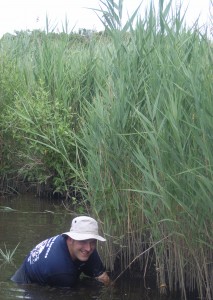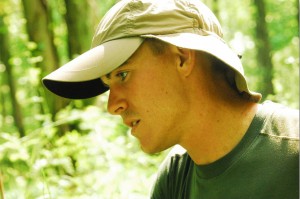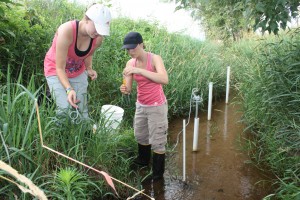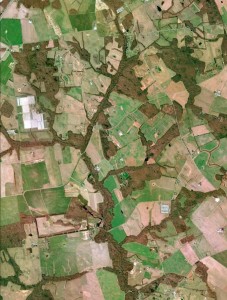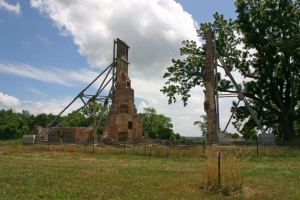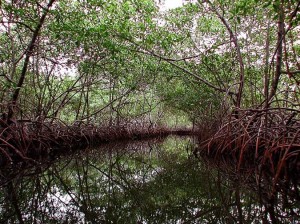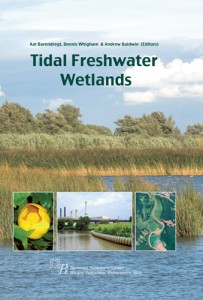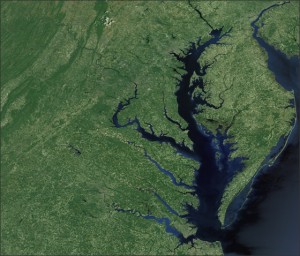by Kristen Minogue
Is it better to be a jack of all trades or a master of some? In the plant world, it’s possible to do both–and that could make a huge difference in deciding which plants dominate under climate change. This holds especially true for one: the invasive reed Phragmites australis. Its ability to alter its anatomy enables it to grow well in just about any environment, including one spiked with CO2 and nitrogen, SERC ecologists discovered in a study published Oct. 31.
Plants like this are called “jack-and-master” plants. Typically, the most competitive plants surpass their neighbors through one of two strategies. “Jack-of-all-trades” plants do moderately well under most scenarios. Their competitors will surpass them when conditions are good, but if the environment becomes stressful, the jack of all trades will grow better. “Master-of-some” plants do very well under only a few conditions, so if the environment shifts in their favor, they are certain to emerge victorious. But a few types—the jack-and-master plants—can use both tactics. And the invasive Phragmites is one of them.

